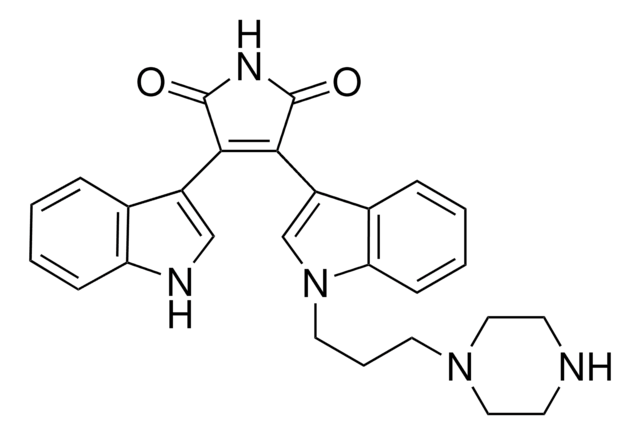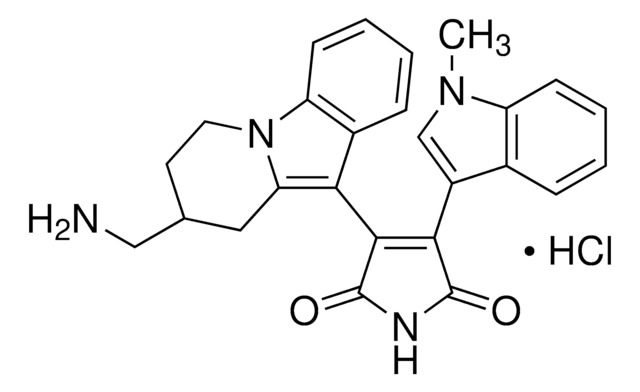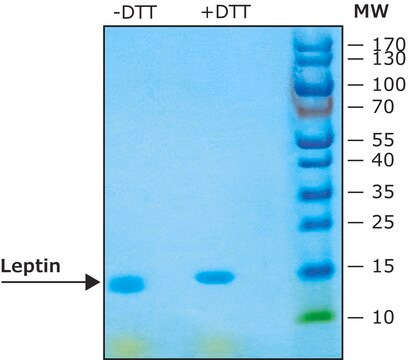B3306
Bisindolylmaleimide IV
≥98% (TLC), solid
Synonym(s):
Ro 31-6233
About This Item
Recommended Products
biological source
synthetic (organic)
Quality Level
Assay
≥98% (TLC)
form
solid
color
dark red
solubility
DMSO: soluble
methanol: soluble
storage temp.
−20°C
SMILES string
O=C1NC(=O)C(c2c[nH]c3ccccc23)=C1c4c[nH]c5ccccc45
InChI
1S/C20H13N3O2/c24-19-17(13-9-21-15-7-3-1-5-11(13)15)18(20(25)23-19)14-10-22-16-8-4-2-6-12(14)16/h1-10,21-22H,(H,23,24,25)
InChI key
DQYBRTASHMYDJG-UHFFFAOYSA-N
Gene Information
human ... CDK2(1017) , EGFR(1956)
rat ... Prkca(24680)
Biochem/physiol Actions
Storage Class Code
11 - Combustible Solids
WGK
WGK 3
Flash Point(F)
Not applicable
Flash Point(C)
Not applicable
Personal Protective Equipment
Choose from one of the most recent versions:
Certificates of Analysis (COA)
Don't see the Right Version?
If you require a particular version, you can look up a specific certificate by the Lot or Batch number.
Already Own This Product?
Find documentation for the products that you have recently purchased in the Document Library.
Our team of scientists has experience in all areas of research including Life Science, Material Science, Chemical Synthesis, Chromatography, Analytical and many others.
Contact Technical Service








